Elevating Salesforce with Morph for data-driven sales teams
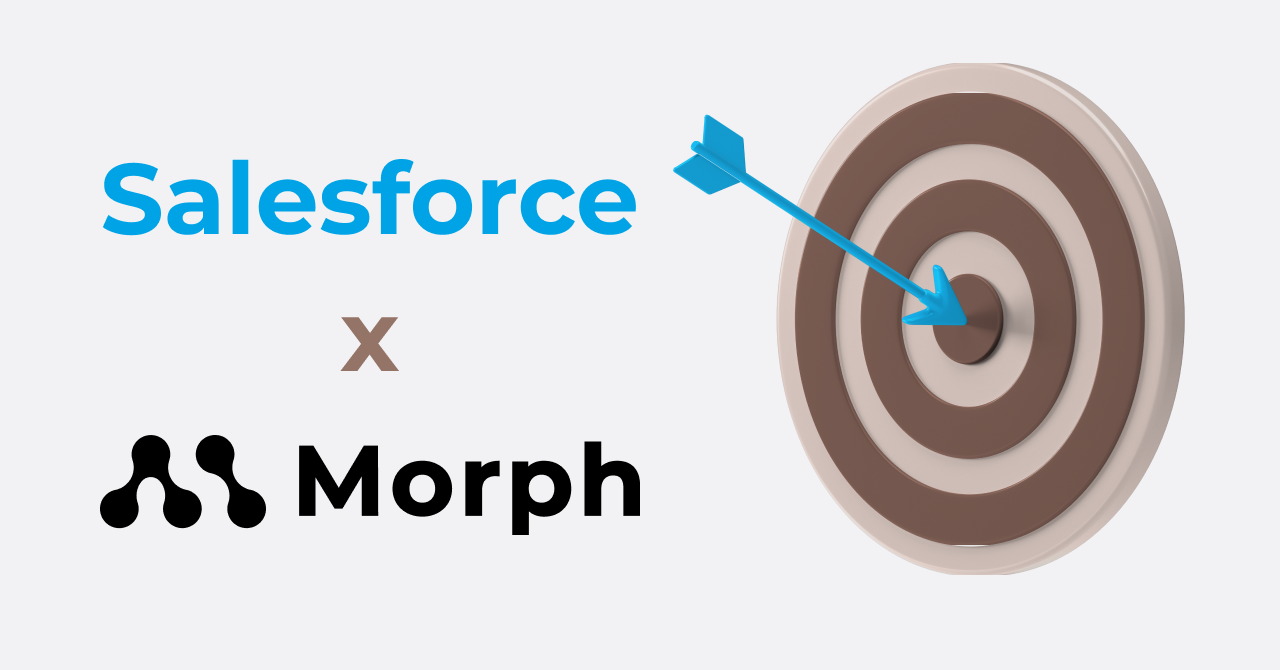
Unleashing the potential of data
Understanding and leveraging customer data has become crucial for sustained success. While Chief Revenue Officers, Sales Managers, and Marketing Managers are well aware of the necessity to adopt a data-driven approach to elevate their sales activities, it is easier said than done. In practice, for sales executives and managers to be able to access the data they need in a timely manner and to be able to conduct the desired analysis on their own can be challenging. This is due to several reasons, such as data being scattered across different tools, data ringfenced by engineering teams, or requiring technical skills to query the data. With Morph, however, the ability for anyone in the company to access and analyze the data they need is just a couple of clicks away.
Context: customers and sales teams data
The significance of customer data in sales operations
In recent years, the approach to understanding customers based on their behavioral data has become ever more prevalent. From constructing insight score dashboards to measuring advertising data, various tools aid in aggregating essential data for understanding customer behavior. In the BtoC sector, services like Customer Data Platforms play a pivotal role in dissecting intricate customer behavior data, providing valuable insights for sales strategies and customer service enhancements.
The advent of Customer Relationship Management (CRM)
A data-driven approach within sales departments and teams is vital in a modern business environment. Utilizing CRM data in sales activities can be as simple as tracking key performance indicators (KPIs) and eliminating subjective evaluations of sales representatives.
Sales team quantitative understanding is challenging
For effective data-driven sales activities, managers of sales teams need to consider a wide range of data. Particularly in large organizations, the focus tends to be on overall contract and negotiation numbers rather than individual performance. Yet, even in companies using CRM tools such as Salesforce, carrying out tailored analysis on your own can be complex. This article introduces a case study showcasing how Morph facilitates detailed performance analysis for sales teams, without coding, database knowledge, or data analysis expertise needed.
Case study: elevating Salesforce with Morph
Let's explore how Chief Revenue Officers, Sales Managers, and Marketing Managers can transform their Salesforce data into actionable insights.
Morph in practice
The video shows a walkthrough of the steps below.
Insights into sales efficiency: lead time analysis
Understanding the lead time from initiating negotiations with a customer to closing a deal is a crucial metric for the healthy operation of a sales organization. Shortening lead times can prevent the loss of lead customers, and analyzing whether there are significant differences among sales representatives or identifying representatives with short lead times can provide valuable insights. Here, we will graph the average lead time for each representative.
The entities used for lead time calculation include the following fields from the Opportunity table:
- stage_name
- created_date
- last_modified_date (or close_date)
- owner_id
And the following fields for the User table:
- id
- name
By focusing on the opportunities with a stage of Closed Won, the average lead time from the opportunity creation date to the last modified date can be calculated for each representative. The calculation can be done using the close date instead of the last modified date, depending how your team keeps track of closing dates within Salesforce.

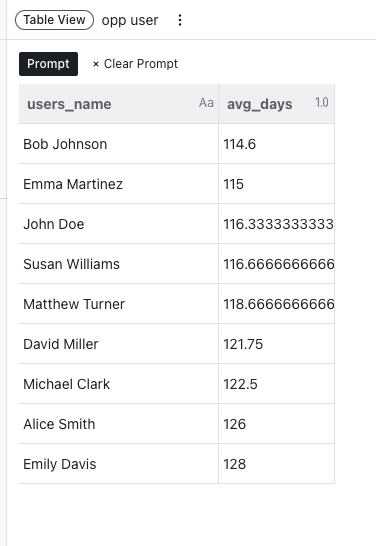
Quantifying success: funnel analysis for each representative
While it might seem basic, performing a funnel analysis for each representative can be surprisingly challenging. Funnel analysis by representative allows for a quantitative assessment of issues within sales activities, such as whether the current representative lacks lead customers or if lead nurturing is not effective. Let's calculate the ratio of the number of negotiations and new leads per representative for a month, visualizing how well lead customers are converting into negotiations.
Data used for the funnel analysis include the following fields from the Opportunity table:
- stage_name
- created_date
- owner_id
And the following fields from the User table:
- id
- name
By calculating the opportunities created in 2023 with a stage of Closed Won or Negotiation/Review for each salesperson, we can determine the ratio of lead customers that have led to negotiations or contracts:

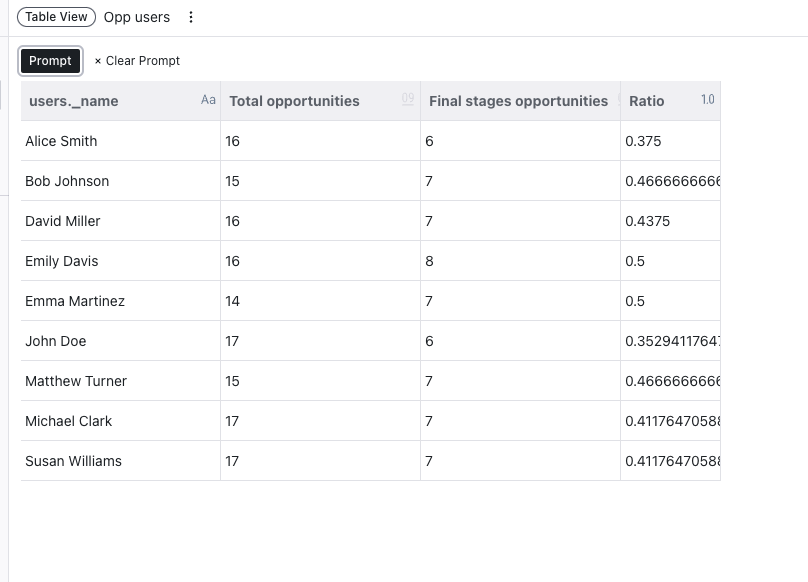
Ensuring fair compensation: cost analysis using salary data
Variation in individual performance among sales representatives is inevitable. Some companies even operate on a completely performance-based compensation model. By combining Salesforce data with salary information, we can quantitatively assess the correlation between salary levels and sales performance. This analysis can increase transparency in salary levels and potentially prevent turnover.
Data used for analysis include the following fields from the Opportunity table:
- stage_name
- created_date
- last_modified_date (or close_date)
- amount
And the following fields obtained from the Salary Table:
- Employee name
- Total earnings
Firstly, we aggregate the total amount of opportunities for each salesperson from the joined table Opportunity - User where the Stage is Closed Won.

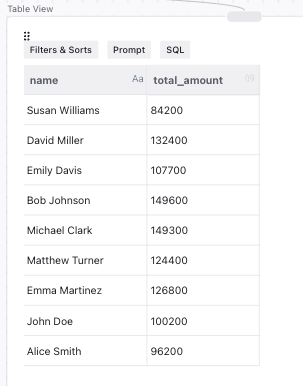
Next, we join to the Table View obtained above the Salary table using the name as the key to join both tables.
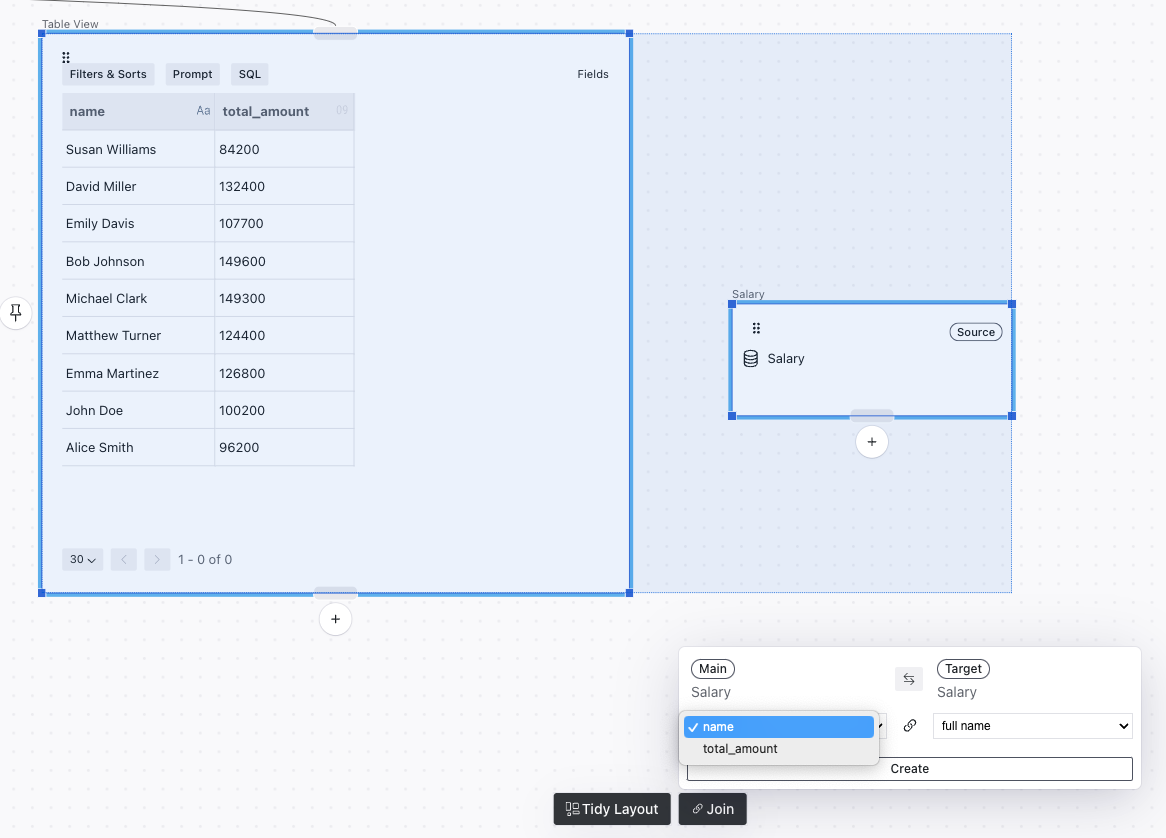
After keeping only the relevant fields visible, we obtain the total amount of opportunities for each salesperson and their total salary.

Finally, we calculate and graph the ratio total amount / total earnings for each salesperson:
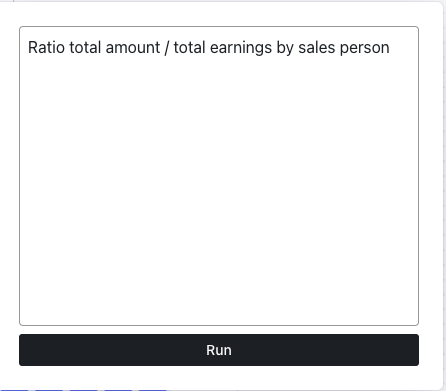
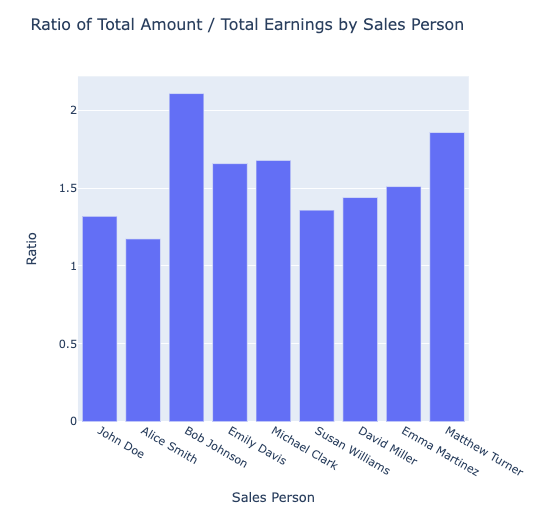
In conclusion
This article concludes by emphasizing the need for Chief Revenue Officers, Sales Managers, and Marketing Managers to adopt a data-driven sales approach. Whether simplifying CRM data aggregation or integrating it with other sources, Morph provides a comprehensive solution for understanding the current state of sales teams.
Interested? Sign up for a free trail and experience the power of Morph.